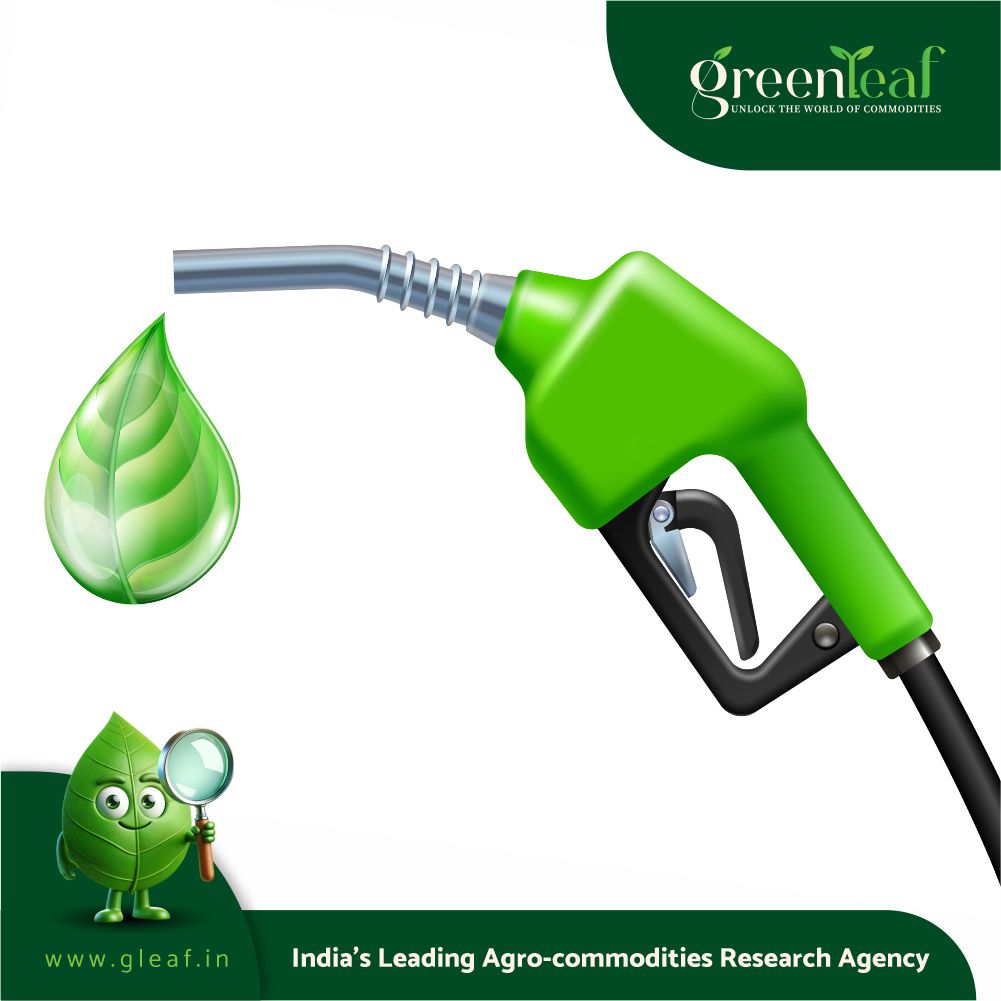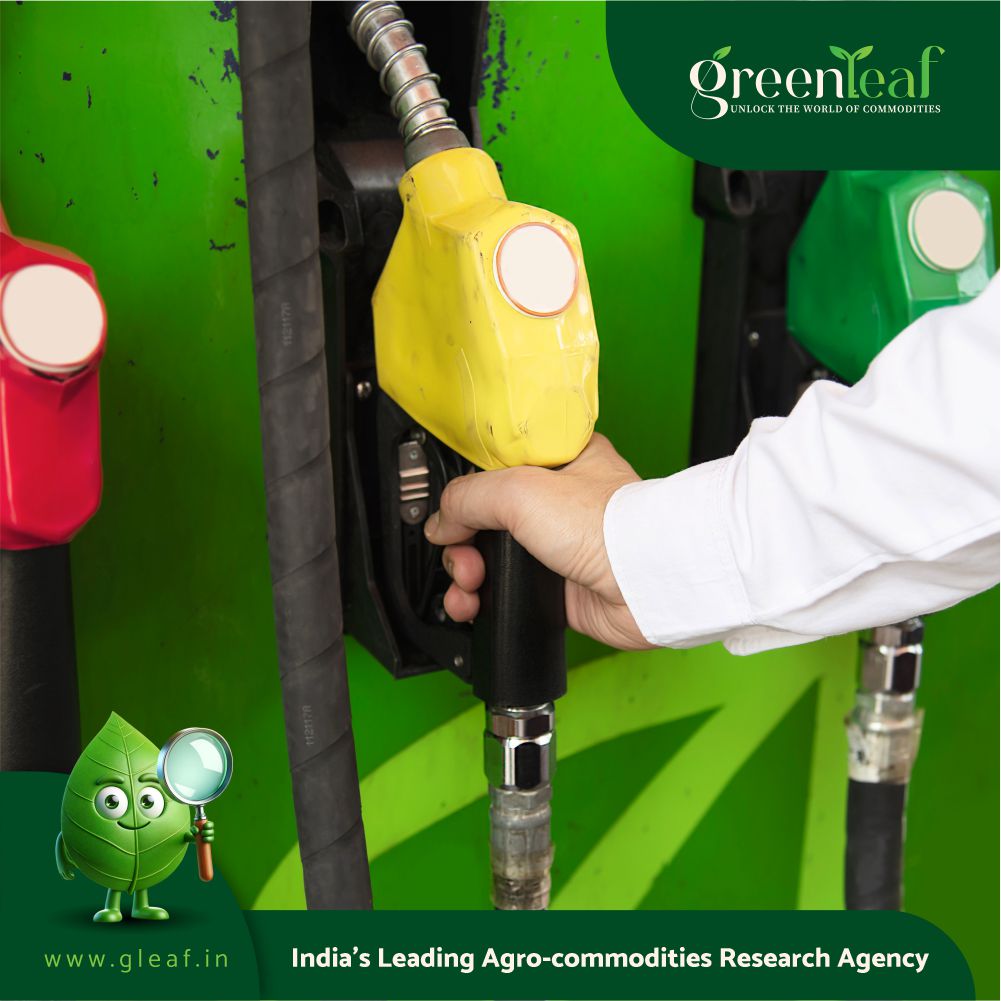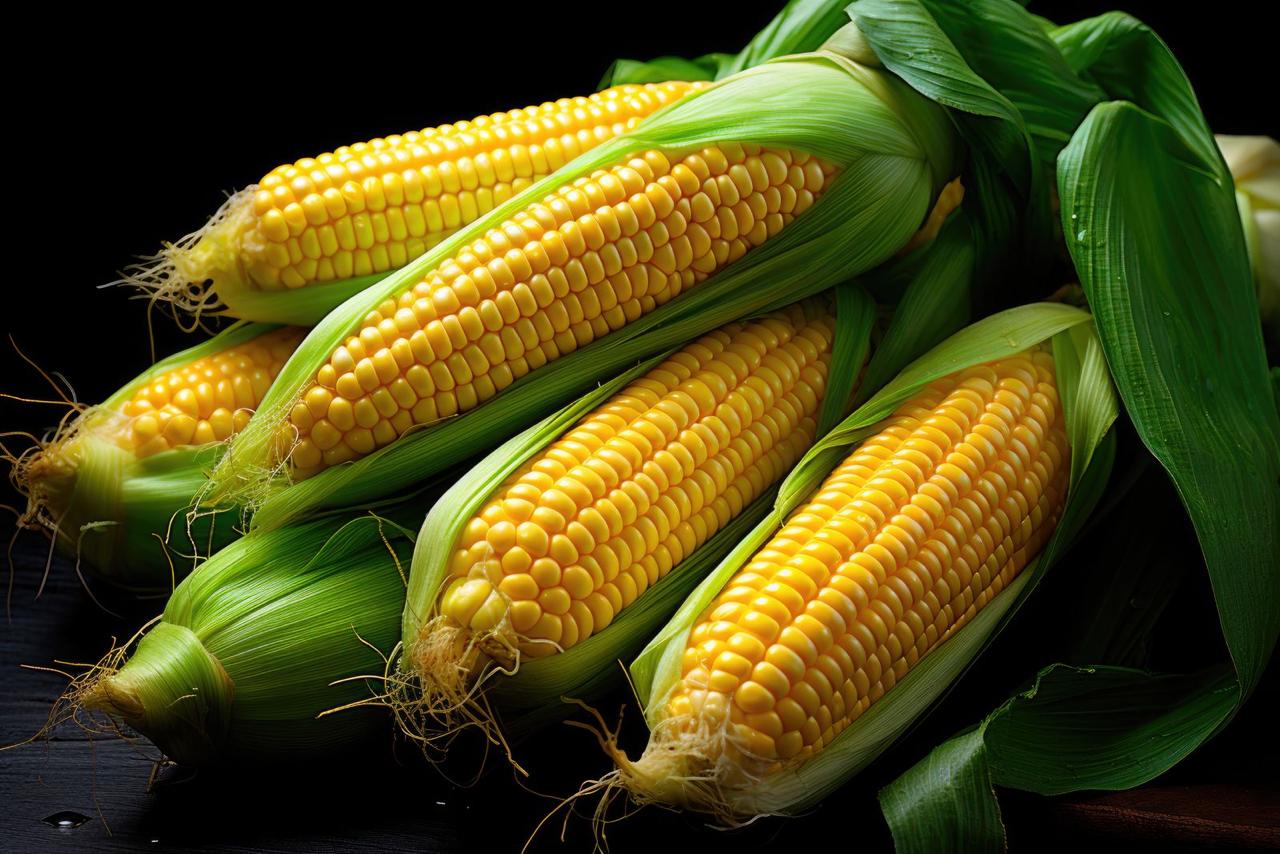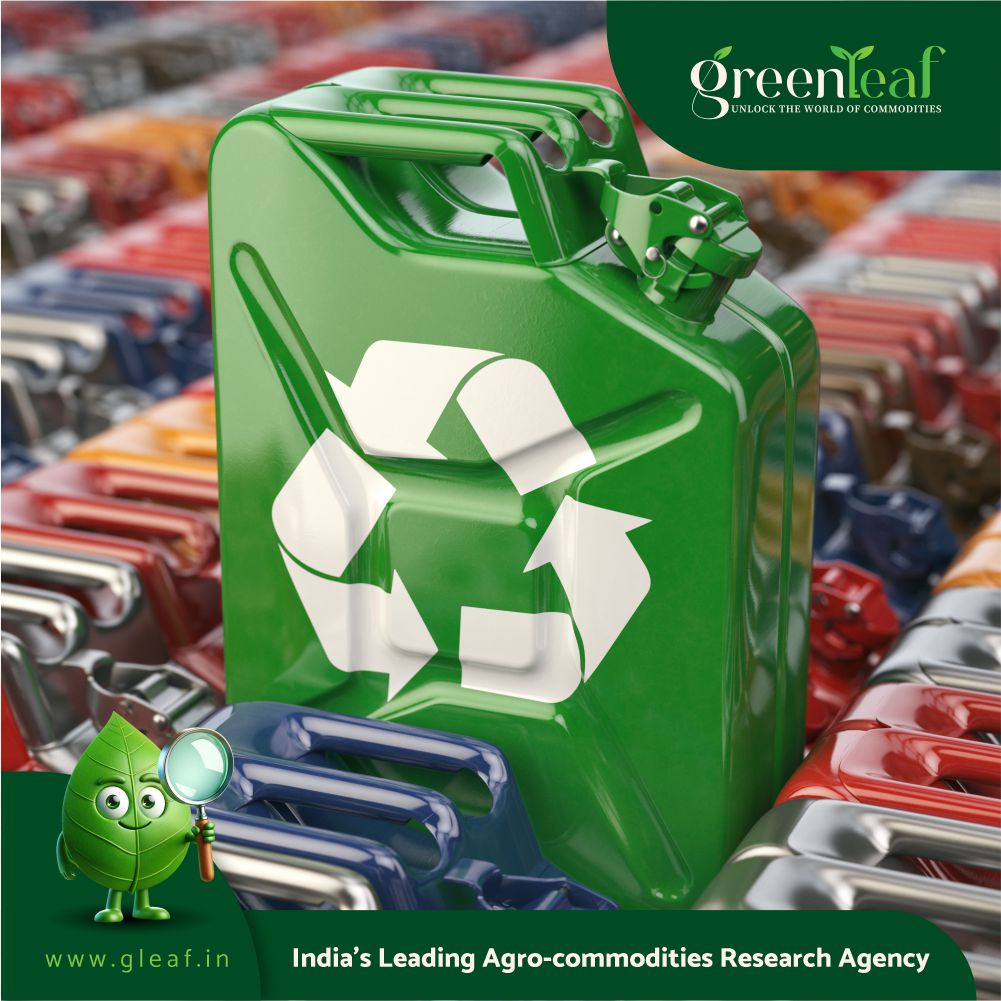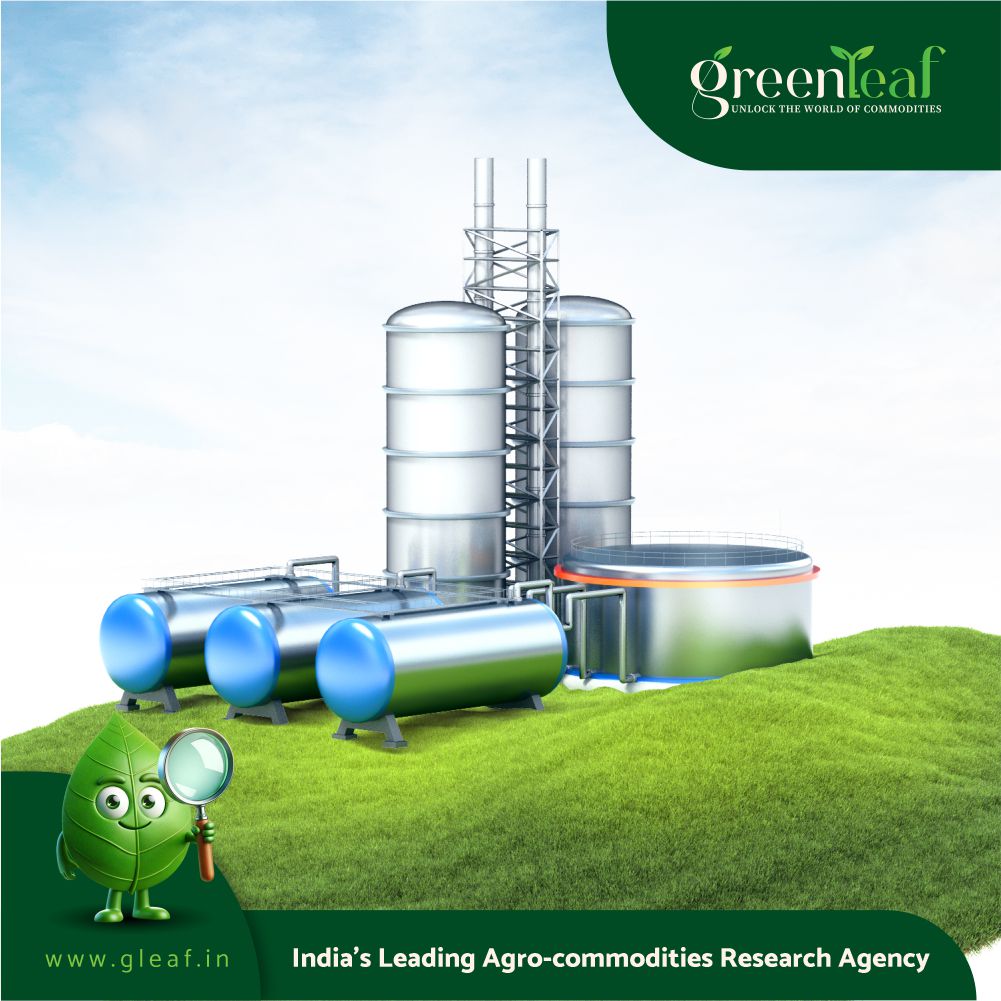Introduction:
Industrial ethanol, a high-purity form of ethyl alcohol, is used across various industries such as pharmaceuticals, cosmetics, food and beverage, chemicals, and energy. Unlike beverage ethanol, industrial ethanol is often denatured, making it unsuitable for consumption. Its versatility and efficiency make it a crucial component in numerous applications, from solvent and antiseptic to biofuel and raw material for chemical synthesis. As global industrial activities expand, the demand for industrial ethanol continues to grow. This article explores the industrial ethanol market, covering its size, share, trends, growth, demand, and the factors driving its expansion.
Market Size:
Data Bridge Market Research analyses that the Global Industrial Ethanol Market which was USD 3,361.98 million in 2022, would rocket up to USD 5,545.68 million by 2030, and is expected to undergo a CAGR of 6.2% during the forecast period of 2023 to 2030. The bio based segment is expected to dominate the market globally due to the abundant availability of raw materials and ease of production. In addition to the insights on market scenarios such as market value, growth rate, segmentation, geographical coverage, and major players, the market reports curated by the Data Bridge Market Research also include depth expert analysis, pipeline analysis, pricing analysis, and regulatory framework.
https://www.databridgemarketresearch.com/reports/global-industrial-ethanol-market
Some of the major players operating in the Global Industrial Ethanol Market are:
Alto Ingredients, Inc.(U.S.)
ADM, Bunge North America, Inc. (a subsidiary of Bunge Limited) (U.S.)
Envien Group ( Slovakia)
,Calgren Renewable Fuels, LLC (U.S.)
INEOS (U.K)
Cargill, Incorporated
LyondellBasell Industries Holdings B.V.(Netherlands)
Mitsubishi Chemical Corporation (Japan)
Valero (U.S.)
Flint Hills Resources (U.S.)
Sasol ( Johannesburg)
CropEnergies AG ( Germany)
The Andersons, Inc. (U.S.)
BASF SE (Germany)
Market Share:
The industrial ethanol market is competitive, with several key players dominating the landscape. Major companies include Archer Daniels Midland Company (ADM), Cargill, Incorporated, POET LLC, Green Plains Inc., and Flint Hills Resources. ADM holds a significant market share due to its extensive production capacity and strong distribution network. Cargill is another major player, known for its diversified product portfolio and global presence. POET LLC, Green Plains Inc., and Flint Hills Resources also have substantial market shares, providing a wide range of industrial ethanol products to meet the diverse needs of various industries.
Market Trends:
Several key trends are shaping the industrial ethanol market. One of the most significant trends is the increasing demand for biofuels. As concerns about climate change and environmental sustainability rise, there is a growing emphasis on renewable energy sources. Industrial ethanol, particularly when derived from biomass, is seen as a viable alternative to fossil fuels. This trend is driving the adoption of ethanol-blended fuels and the development of advanced biofuel technologies.
Another notable trend is the rising use of ethanol in hand sanitizers and disinfectants. The COVID-19 pandemic has heightened awareness of hygiene and cleanliness, leading to a surge in demand for ethanol-based sanitizing products. This trend is expected to continue as health and safety remain a priority in both personal and industrial settings.
The pharmaceutical and cosmetics industries are also contributing to market trends. Industrial ethanol is widely used as a solvent in the production of various pharmaceutical products and as a key ingredient in cosmetics and personal care items. The growing demand for high-quality, ethanol-based products in these industries is driving market growth.
Market Growth:
The industrial ethanol market is poised for substantial growth in the coming years. Several factors contribute to this growth, including the increasing industrialization and urbanization across the globe. As industries expand and urban populations grow, the demand for industrial ethanol in manufacturing processes and as a raw material for various products is increasing.
Technological advancements are also playing a crucial role in market growth. Innovations in ethanol production technologies, such as cellulosic ethanol and advanced fermentation processes, are enhancing the efficiency and sustainability of ethanol production. These advancements are expanding the scope of applications for industrial ethanol, driving market growth.
The growing emphasis on sustainability and renewable energy is another significant factor contributing to market growth. Governments and organizations worldwide are investing heavily in renewable energy sources to reduce carbon emissions and combat climate change. Industrial ethanol, as a renewable and sustainable fuel, is a key component of these efforts, further fueling market growth.
Market Demand:
The demand for industrial ethanol is driven by several key factors. One of the primary drivers is the increasing use of ethanol as a biofuel. Ethanol-blended fuels, such as E10 and E85, are gaining popularity as a cleaner and more sustainable alternative to traditional gasoline. The rising demand for these fuels is driving the need for industrial ethanol.
The pharmaceutical and cosmetics industries are also significant contributors to market demand. Industrial ethanol is a crucial ingredient in the production of various pharmaceutical products, including medicines, vaccines, and disinfectants. In the cosmetics industry, ethanol is used as a solvent and preservative in products such as perfumes, lotions, and creams. The growing demand for high-quality, ethanol-based products in these industries is driving market demand.
The food and beverage industry is another major driver of demand. Industrial ethanol is used in the production of various food products and beverages, including flavorings, extracts, and alcoholic beverages. The increasing demand for processed and packaged foods, coupled with the rising popularity of alcoholic beverages, is driving the need for industrial ethanol.
Factors Driving Growth:
Several factors are driving the growth of the industrial ethanol market. Firstly, the increasing demand for renewable energy sources is a major growth driver. As concerns about climate change and environmental sustainability rise, there is a growing emphasis on renewable energy sources. Industrial ethanol, particularly when derived from biomass, is seen as a viable alternative to fossil fuels. This trend is driving the adoption of ethanol-blended fuels and the development of advanced biofuel technologies.
Secondly, the rising demand for ethanol-based sanitizing products is fueling market growth. The COVID-19 pandemic has heightened awareness of hygiene and cleanliness, leading to a surge in demand for ethanol-based hand sanitizers and disinfectants. This trend is expected to continue as health and safety remain a priority in both personal and industrial settings.
Technological advancements are also driving market growth. Innovations in ethanol production technologies, such as cellulosic ethanol and advanced fermentation processes, are enhancing the efficiency and sustainability of ethanol production. These advancements are expanding the scope of applications for industrial ethanol, driving market growth.
The growing demand from the pharmaceutical and cosmetics industries is another significant factor driving growth. Industrial ethanol is widely used as a solvent in the production of various pharmaceutical products and as a key ingredient in cosmetics and personal care items. The increasing demand for high-quality, ethanol-based products in these industries is driving market growth.
Furthermore, the expanding food and beverage industry is contributing to market growth. Industrial ethanol is used in the production of various food products and beverages, including flavorings, extracts, and alcoholic beverages. The increasing demand for processed and packaged foods, coupled with the rising popularity of alcoholic beverages, is driving the need for industrial ethanol.
Conclusion:
The industrial ethanol market is experiencing robust growth, driven by increasing industrialization, rising demand for ethanol-based products, and the growing emphasis on sustainable and renewable energy sources. The market size and share are expanding, with key players leveraging innovative technologies and specialized expertise to maintain their competitive edge. Emerging trends such as the demand for biofuels, the use of ethanol in hand sanitizers and disinfectants, and the growing applications in the pharmaceutical and cosmetics industries are shaping the market landscape. The demand for industrial ethanol is rising, fueled by the need for sustainable and reliable energy sources, high-quality products, and advanced production technologies. As the market evolves, it is expected to witness further innovations and expanded applications, ensuring sustained growth in the years to come.
Browse Trending Reports:
https://marketresearchnewsdbmr.blogspot.com/2024/07/functional-confectionery-market-size.html
https://marketresearchnewsdbmr.blogspot.com/2024/07/methotrexate-injection-market-size.html
https://marketresearchnewsdbmr.blogspot.com/2024/07/water-saving-shower-heads-market-size.html
https://marketresearchnewsdbmr.blogspot.com/2024/07/modified-wheat-starch-market-size-share_29.html

